Marketing funnel examples – copy my funnel to increase sales
You want to increase (even 10X) your sales, but you’re not quite sure how to go about it – right?
To be fair, I’ve never had a client say they didn’t want increased sales.
The only thing missing is the strategy to do so…read on.
THE most effective route to 10x your sales
In this article, we’ll look at THE most effective way I know to 10x your sales – with a funnel marketing strategy.
I’ll include marketing funnel examples to help you get a solid handle on a conversion funnel.
For conciseness, I’ll use marketing funnels and sales funnels interchangeably, but if you want to split them out, think of marketing as obtaining the lead and sales as actually selling your product or service to them.
Marketing funnel examples taken from my own unique funnel
Now let’s look at some marketing funnel examples taken from a live funnel I currently use to promote my own copywriting course called 6-Step Fast-Track Copywriting.
My example will guide you on how to create a marketing funnel – feel free to use my example as your own marketing funnel template or sales funnel case study.
The first thing to mention is that a marketing funnel is a series of steps a prospect goes through before finally making a purchase. It starts with generating awareness about your brand and then gradually nudging the customer towards taking a specific action, in our case making that final purchase. These stages include:
Awareness Stage: This is the stage where a potential customer initially becomes aware of your brand. At this stage, you need to capture their attention with a lead magnet such as a free eBook, a webinar, or a quiz, or in my case my freelancing success indicator.
You need to capture the prospect’s attention at this point, so if you can come up with something that’s unique to you and can’t be obtained anywhere else (make the prospect aware of this), you should be in good shape.
Marketing funnel examples – My 6-Step Fast-Track Copywriting awareness stage
Here’s a diagram that represents the awareness stage of my own funnel. You’ll see I capture the lead’s first name and email address at this point. This is because if they don’t convert to a sale the first time around, I can continue to market to them with a follow-up email sequence.
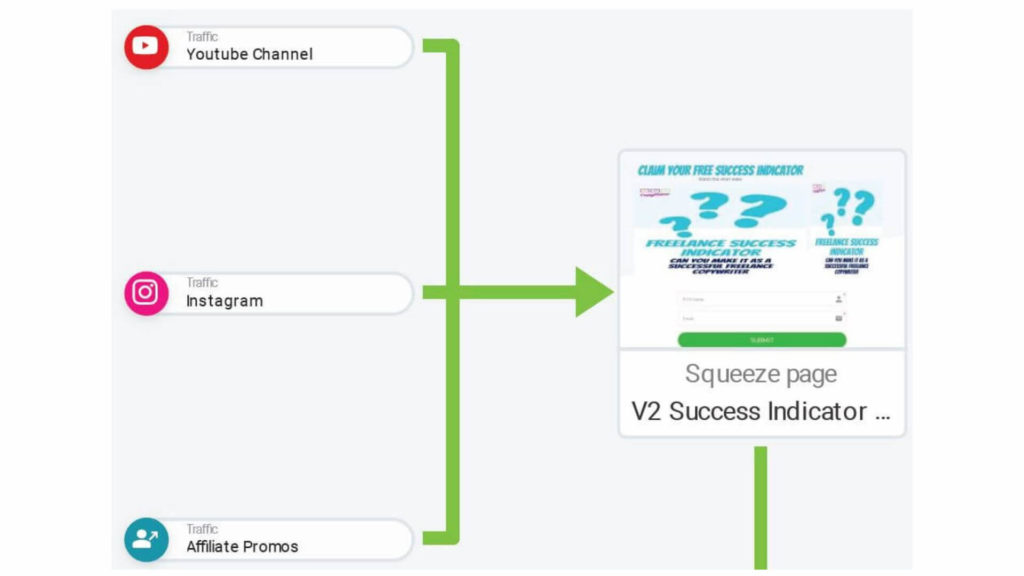
Interest Stage: Once you’ve captured the attention of your potential customer, the next stage in your digital marketing funnel involves building their interest in the product or service you have to offer.
Note: the previous step was the “freebie stage” we’re now moving on to the paid offer. A great way to do this is by providing value by addressing their pain points directly on a bridge page that “bridges the gap” between the lead magnet and the paid offer.
Marketing funnel examples – My 6-Step Fast-Track Copywriting interest stage
Here’s a diagram that shows where I bridge between my lead magnet and paid offer and get the lead to consider visiting my webinar where I teach them the basics of copywriting and offer my 6-Step Fast-Track Copywriting paid program.
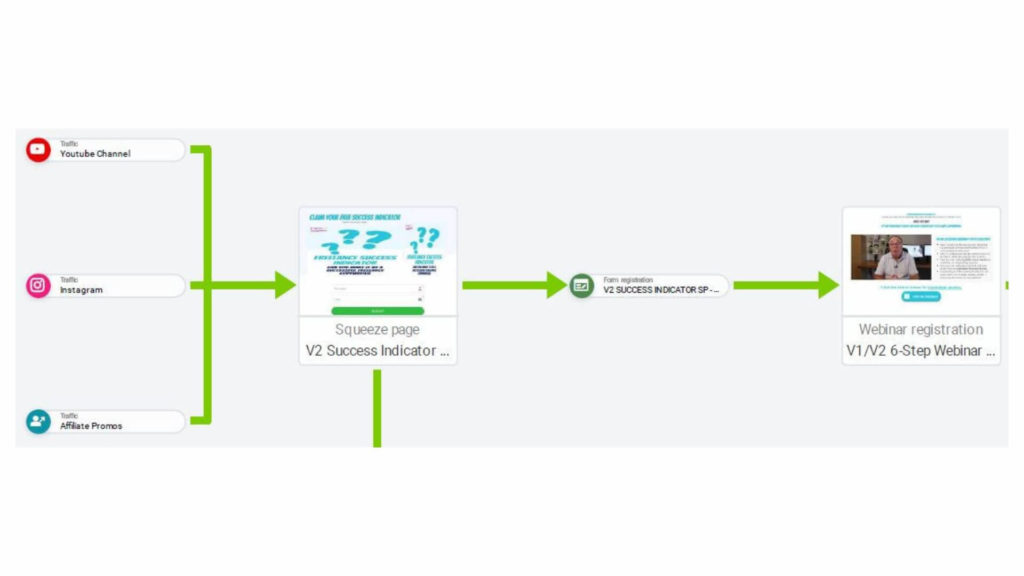
Decision Stage: At this stage, the potential customer has shown interest in your product or service and should now be moved to the next stage. In the case of my 6-Step Fast-Track Copywriting program, I use a webinar page to provide more in-depth information about my program and to address any concerns or objections the customer might have.
Marketing funnel examples – My 6-Step Fast-Track Copywriting decision stage
This diagram represents the stage of my funnel where I introduce my webinar and invite the prospect to decide to join me to find out more about my program.

Action Stage: This is the final stage of the marketing funnel, where your potential customer makes a purchase. It’s essential to make the whole process as seamless and straightforward as possible.
Marketing funnel examples – My 6-Step Fast-Track Copywriting action stage
My action stage takes place in the Escape the 9 to 5 webinar where my prospects are invited to purchase my 6-Step Fast-Track Copywriting program. I offer a generous discount which is only available on the webinar to maximize sales.
So, a well-designed marketing funnel can help you generate leads, increase brand exposure and awareness, and 10x sales, really. By understanding the different stages of a marketing funnel and using unique tools such optin pages, freebies, bridge pages, and webinars you’ll greatly increase conversions to your paid offer.
If you want to find out more about the tools you need to put your funnels together, check out my Best Sales Funnel Software Tools and Builders article.
10 important benefits marketing funnels bring to your business
I hope you can see that having a marketing (sales) funnel in your business makes complete sense. I would go as far as to say you’re leaving a ton of cash on the table if you don’t have a funnel in place already.
Let’s now summarize some of the benefits a well-constructed funnel can bring to your business.
1. Land targeted leads
With a sales funnel, you can attract targeted leads who are interested in your products or services, and who are more likely to convert into paying customers by going through your funnel.
2. Improve the customer experience
A well-designed sales funnel improves the customer experience by guiding them through the buying process, making it much easier for them to make a decision. This can engender higher customer satisfaction and loyalty.
3. Make the most of your marketing efforts
You optimize your marketing efforts by tracking the performance of each stage in your funnel, you can identify areas that need improvement and adjust your marketing strategies accordingly.
4. Increase your bottom line
Your sales funnel will help you convert more leads into paying customers, which means increased revenue and profitability.
5. Get close to your customers
Sales funnels enable you to build relationships with your (potential) customers by providing valuable content and personalized experiences at each stage of your funnel. This creates strong relationships with your customers that can lead to repeat sales and referrals.
6. Keep costs down
By targeting the right audience and optimizing the conversion process, you’ll reduce the cost of acquiring new customers.
7. Scale your business
When your sales funnel has been optimized, you can easily scale your marketing efforts to reach more customers and generate additional revenue.
8. Optimize advertising
By using data to identify the most effective marketing channels and targeting strategies, you can increase the effectiveness of your advertising campaigns and improve your ROI for advertising campaigns.
9. Beat the competition
Sales funnels help businesses stay ahead of the competition: When you create unique and personalized experiences for your customers, you’ll differentiate yourself from competitors and build a loyal customer base.
10. Provide actionable data
By tracking the performance of each stage of your funnel and analysing customer data, you’ll gain valuable insights into your customer’s needs and preferences.
Summing up and some key considerations to bear in mind
As you consider implementing a marketing funnel in your business, here are some key considerations to keep in mind.
You need to intimately understand your target audience – their needs, wants, desires, and more. This deep understanding will help you create the right content that keeps prospects moving through your funnel to the point they make a buying decision.
Before building your marketing funnel, make sure you’re 100% clear on your goals and the metrics you’ll use either to measure the success or make adjustments as you go. For example, you should measure such things as lead generation, conversions, revenue (& profit), and LTV (customer lifetime value).
You should physically map out the customer journey (like my examples above). The customer journey starts when your potential customer (prospect) first learns about your product or service to the point they make a buying decision. Doing so helps you identify key touch points where you can interact with customers and progress them through your funnel.
Remember to fill your funnel with valuable content that educates, entertains, and engages your intended audience. Use video where possible, add in blog posts, social media posts, and webinars to keep your audience engaged.

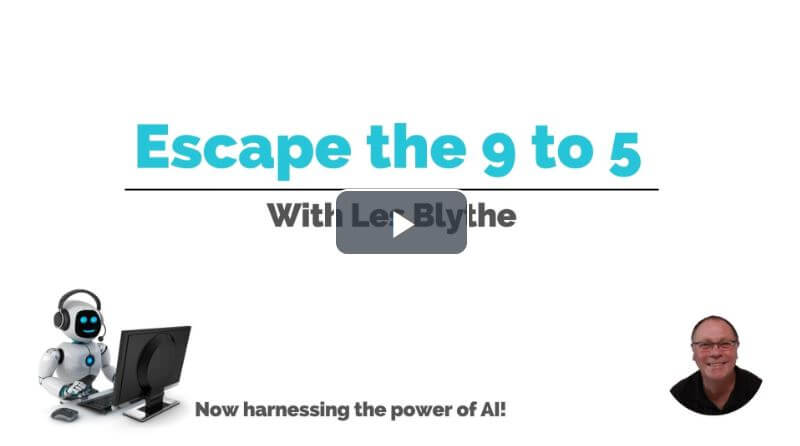
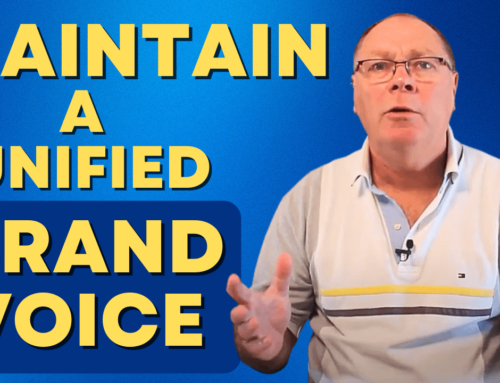
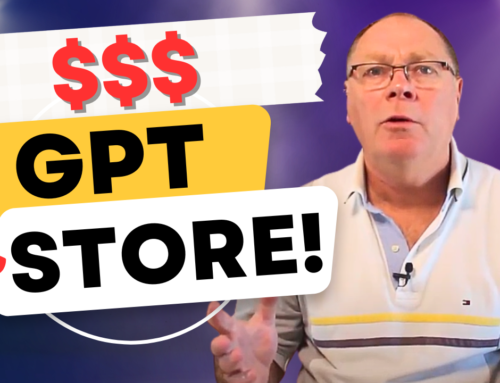
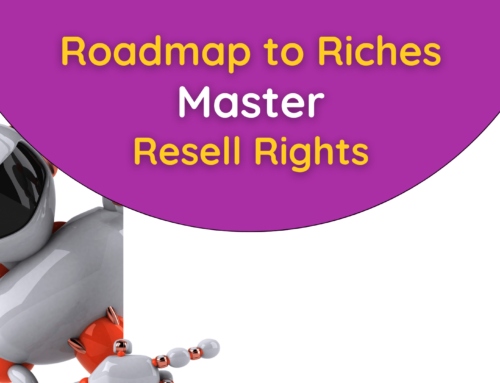
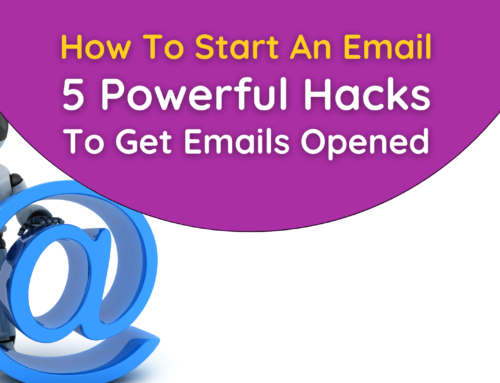
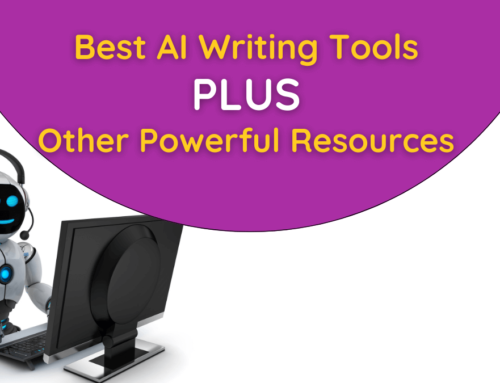
Leave A Comment